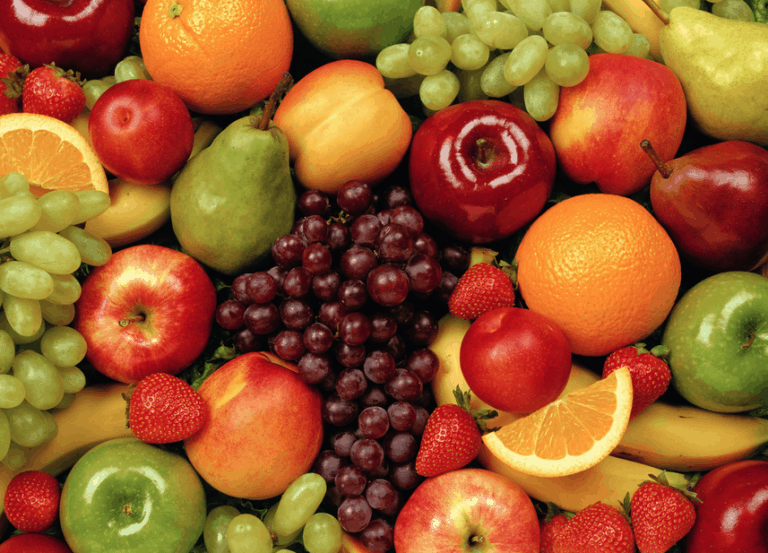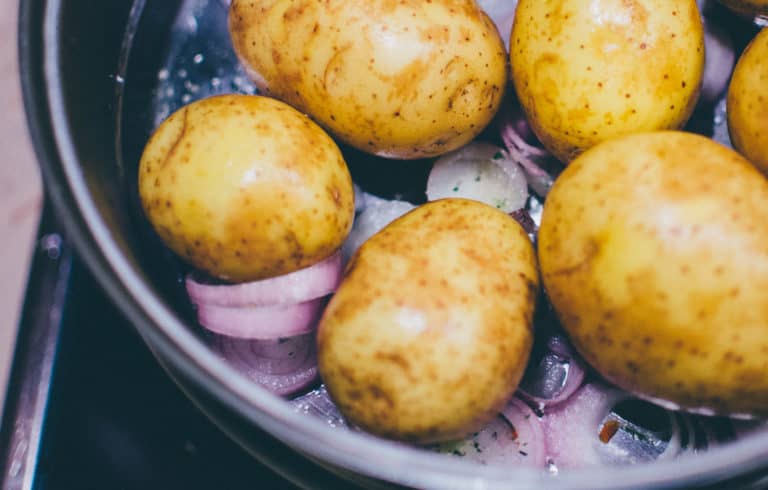People turn to meat substitutes for a variety of reasons, which may or may not include health factors, such as the absence of cholesterol, low to no saturated fat, a good source of nutrients and fiber, and avoidance of hormones, antibiotics, and steroids found in many animal products. Other reasons that can coexist with health concerns are being vegetarian or vegan, and ethical, philosophical, and/or environmental factors.
Regardless of why some people choose plant-based protein sources, one of the first questions individuals ask is, what are the best meat substitutes? The number of options in the meat substitute category is growing as plant-based protein sources are becoming more popular. However, here are two of the best meat substitutes.
Tempeh
This fermented soybean food has been a staple in Indonesia for more than 2,000 years, and a highly nutritious food that has gradually gained acceptance elsewhere as a plant protein alternative to meat. It is made by cooking and dehulling soybeans, inoculating them with a culturing agent like the fungus Rhizopus oligosporus, and incubating the mixture overnight until it forms a solid cake.
Tempeh has high levels of protein (about 41 grams per cup), along with riboflavin, magnesium, manganese, copper, fiber, and isoflavones. Soy protein has been shown to help lower harmful cholesterol and raise beneficial cholesterol, as well as help regulate blood sugar levels in people who have diabetes. Tempeh can be stir-fried, heated in a skillet, added to sauces and soups, sliced and used in sandwiches, and made into chili.
Seitan
Although seitan (pronounced “say-tan’) is made from wheat, it isn’t like bread or flour. The finished product looks like and has the texture of meat. It is very high in protein and is popular in Asian restaurants as a mock meat or meat substitute. Like tofu, seitan readily absorbs the flavor of whatever it is cooked in or flavored with, so you can find chicken, beef, and fish flavored seitan. If you have a wheat allergy, however, seitan is not for you. You can find it in the refrigerated and frozen sections of natural food stores, and it is very easy to prepare.







